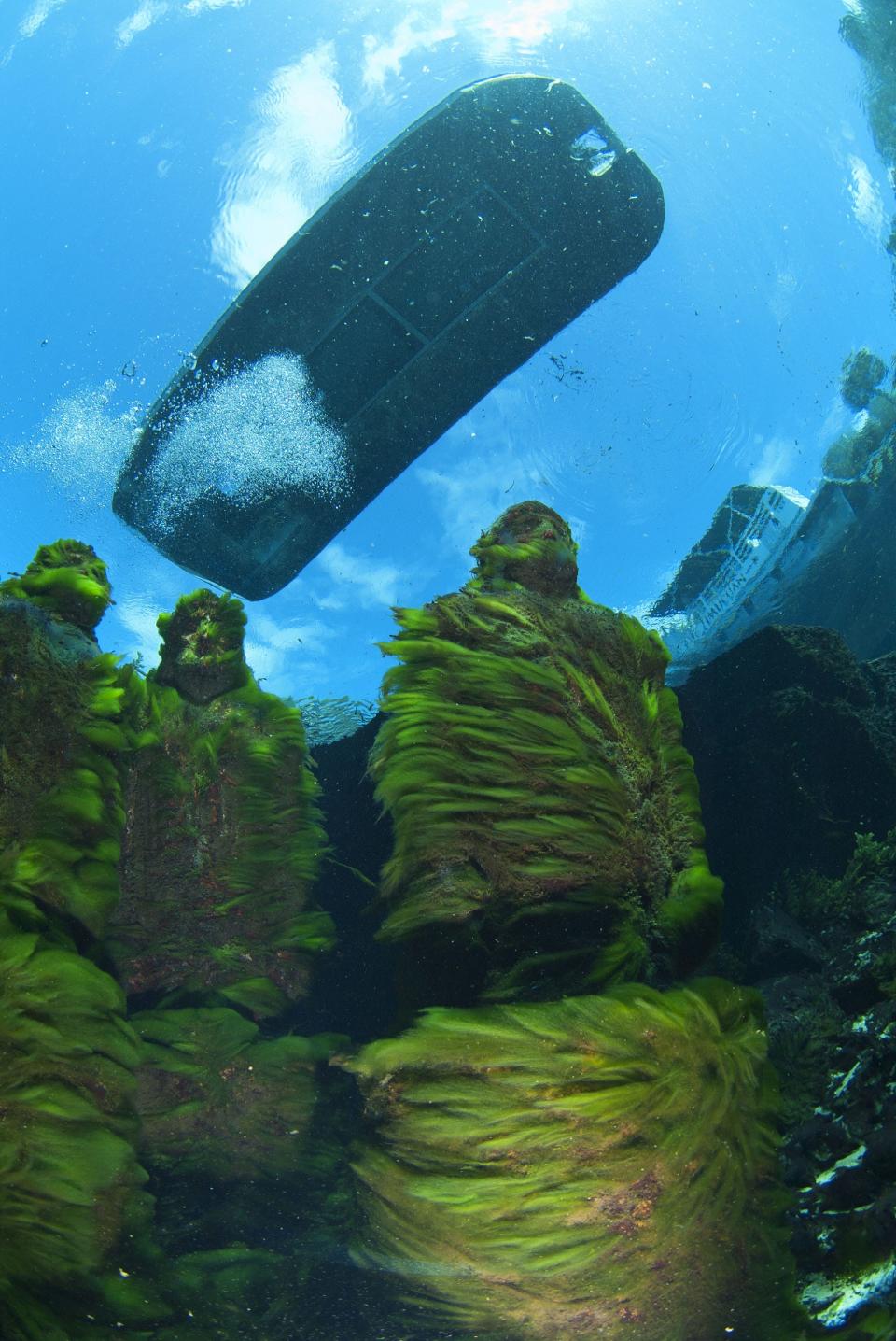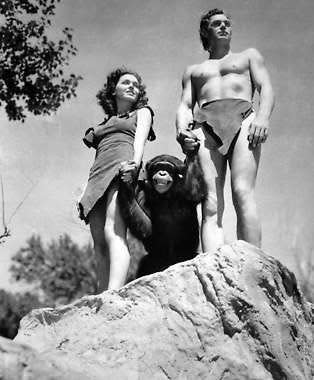Florida history: State’s best-known spring has been famous since the 1800s
What’s silver about Silver Springs? You have to see it yourself.
These springs just east of Ocala, famed for more than a century for their glass-bottom boats, have waters so clear that sunlight reflects off floating sand particles, which shimmer like flakes of silver.

The spring shoots out 450 million to 850 million gallons of water every day, depending on the water table. Note: 850 million gallons is the capacity of about 63,000 standard swimming pools. A day. The water, which averages 34 feet deep, stays at a chili 72 degrees. Bass, mullet, bluegills and an alligator or two will splash by or slide across the white sand bottom.
The Silver River might have been used for thousands of years, first by indigenous peoples, then by Spanish explorers, and into the early 1800s by adventurous tourists. Boaters armed with poles would work their way along the narrow river, dodging cypress limbs and Spanish moss.
Fragile Springs Revisited: Silver Springs struggles with human impacts but remains a gem
Fragile Springs: Diving into history of Florida’s springs
Filmed in Florida: The Sunshine State has been the location for countless films
From farm hub to tourist attraction
The onset of paddlewheel boats made Silver River a hub for Central Florida farmers. Then, in the late 1870s, entrepreneurs fitted glass to the bottoms of canoes and rowboats and began offering a ride with a view. And what a view. A 200-room hotel went up in the 1880s but later burned down.
At the start of the 20th century, boats began sporting cushioned seats and their iconic canopies. Gasoline engines came in in the 1920s, electric motors in the 1930s. A businessman developed a “jungle ride” and brought in a group of wild monkeys, who promptly escaped; their descendants still live along the river.

Hollywood comes calling
From 1933 to 1942, six of the original Tarzan movies, with Johnny Weissmuller, would be filmed at the springs. And from 1958 to 1961, more than 100 episodes of the scuba-diving adventure drama “Sea Hunt.”
The ABC television network bought the springs in 1962. Actually, they thought they’d bought the springs. It turned out the families who sold the property actually were only leasing it and there was confusion about who owned it. The property later was turned over to the state of Florida, and ABC became the lessee. In 1984, ABC turned over the property to a holding company.
A 35-acre “jeep safari” opened in 1990, and the “Lost River Voyage” a year later. The 38-acre Wild Waters water park opened in 1978. The state took over Silver Springs outright in 1993. Four years later, the park and the adjacent Wild Waters underwent a major expansion.
Florida’s Department of Environmental Protection took over management of the 350-acre Silver Springs and Wild Waters in 2014. It wanted the now-Silver Springs State Park to be famed for its natural beauty. That clashed with the nearby Wild Waters, with its flumes, swimming pools and food stands.
Wild Waters closed in the fall of 2016.
Florida Time is a weekly column about Florida history by Eliot Kleinberg, a former staff writer for three decades at The Palm Beach Post in West Palm Beach, and the author of 10 books about Florida (www.ekfla.com).
This article originally appeared on Palm Beach Post: Florida’s ancient and modern history converge at Silver Springs

